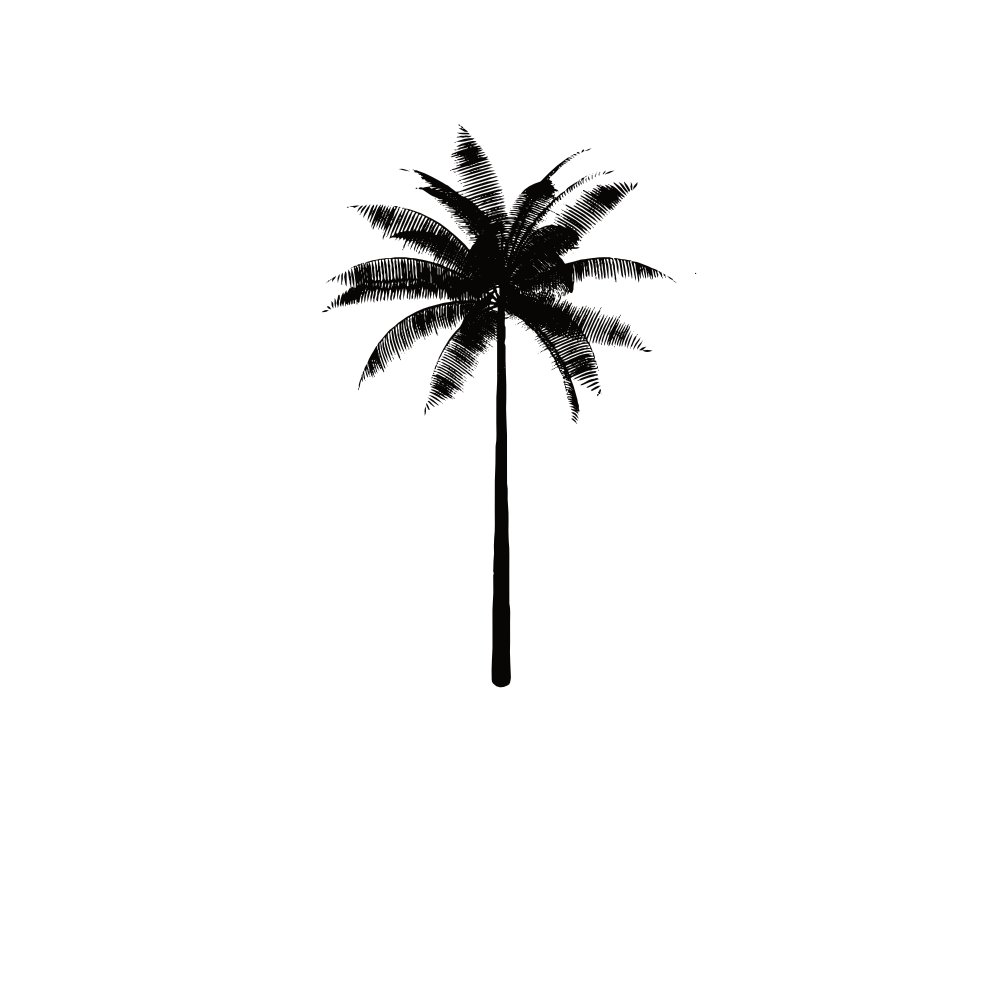

PRONUNCIATION
TRANSLATION
The exact literal translation is unknown, but the name might be a cultural reference to ‘finger-wagging’ seen in American movies of the era featuring black dance routines 1.
Other possible origin – Translated in Sotho literally means “run-run” 2.
INSTRUMENTS & TECHNOLOGY
Banjo, drums, saxophone and other instruments common in Western jazz music.
INFLUENCES
Marabi, American swing and jitterbug, Latin-American conga and rumba, Afrikaans vastrap, Sotho focho.
VARIATIONS & DERIVATIVES
Essentially a predecessor to African jazz and kwela (arguably developed as a ‘transitional genre’ between marabi and these genres).
DESCRIPTION
Tsaba-tsaba emerged in the 1930s as a purely and uniquely South-African amalgam of African melodies and rhythm, American-imported swing music and Latin-American conga and rumba. Due to its timing and pattern of origin and popularization, it is often considered a transitional genre between marabi and African jazz 2. Though tsaba-tsaba originated in the Sotho migrant communities outside of Sophiatown, it found popularity amongst the black proletariat workforce as a counterpart to the American swing music (and jitterbug dance culture) that was popular in the inner-city, white-occupied dance halls 1. Tsaba-tsaba quickly found popularity in this crowd as a stand-in for American swing, as dancers quickly discovered that they could jitterbug to tsaba tsaba and still honor the same South African musical elements familiar to marabi and traditional Sotho music. In this respect, tsaba-tsaba emerged as the answer to a demand for home-grown South African music that could compete with imported dance music, manifesting a seemingly paradoxical social phenomenon of black South Africans wanting to embrace popular Western music indicative of urban modernization without sacrificing allegiance to their African roots 1.
Marabi and tsaba-tsaba are mainly distinguishable by their instrumentations; while marabi began as a keyboard-playing tradition that later evolved to include larger instrument ensembles, tsaba-tsaba was almost ubiquitously an ensemble genre 2. Otherwise, the genres are fairly similar with respect to their harmonic and rhythmic elements. Tsaba-tsaba was rhythmically grounded in ‘rushed’ second and fourth beats as well as a two-against-three rhythmic feel reminiscent of its Sotho focho and Afrikaans vastrap influences (the latter being responsible for the fast, driving, straight beat played on the kick drum, later adapted to the banjo) 1. Tsaba-tsaba also utilized the same I IV I6/4 V chord progression repeated over a four-bar cycle found in marabi 2.
Tsaba-tsaba also differed from marabi with respect to its associated social dancing style. Unlike marabi, which was fairly open-ended for dancers and didn’t dictate any particular choreography, tsaba-tsaba dancing called for a specific pattern of footwork. The parallelism between the tsaba-tsaba dance and the simultaneously popular American jitterbug might have reflected communal interest in moving black South African culture towards a perceived ideal of modernization 1.
Like marabi, tsaba-tsaba experienced the rare phenomenon of achieving widespread popularity amongst the South African working class population without the help of radio or commercial media dissemination, instead relying merely on word-of-mouth circulation and aural transmission between musicians. Unfortunately, the absence of credible commercial reproductions of the genre makes it difficult to locate many concrete examples of even the most well-known tsaba-tsaba tunes from the genre’s glory years 4.
EXAMPLES
Boogie Woogie Songsters – “Qmtiko” (1951) (available here):
Bulawayo Sweet Rhythms Band – “Skokiaan” (1947) – This was subsequently covered in a variety of styles, but this is the original version. This is considered a “jazzier” development of tsaba tsaba 2,3:
SOURCES
Allen, Lara. 1993. “Pennywhistle Kwela : A Musical, Historical and Sociopolitical analysis.” University of Natal, Durban: Unpublished Ph.D. thesis. 2
Coplan, David. In Township Tonight! South Africa’s Black City Music and Theatre, 2nd Edition. Chicago and London: The University of Chicago Press, 2008. Print. p. 183-5 1, 186 4, 187 3
